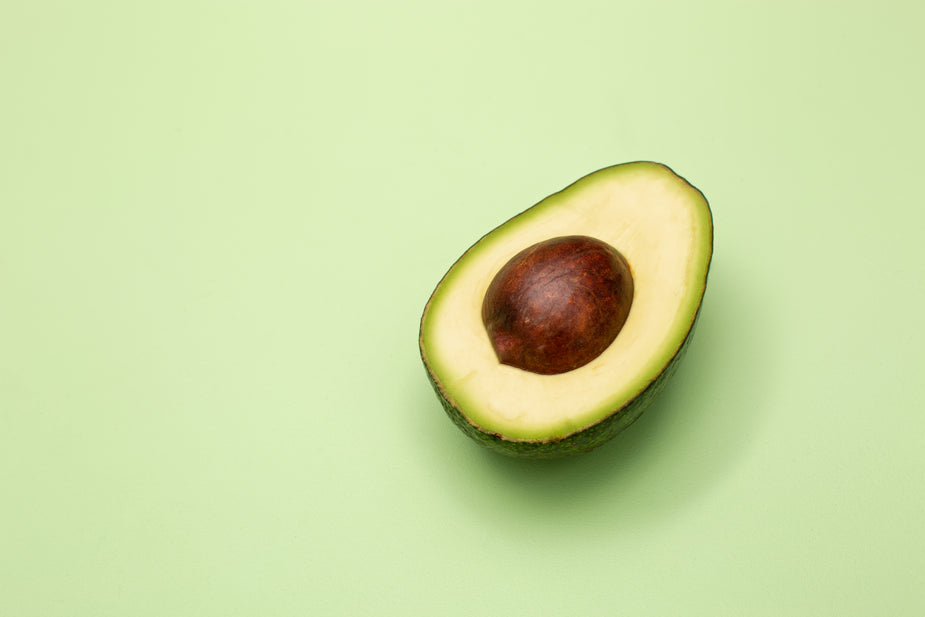Understanding the Difference Between a Low Carb and Keto Diet
The world of diets is constantly evolving, and it can be challenging to keep up with the latest trends and fads. Two diets that have gained significant popularity in recent times are low carb and the keto diet. While they may seem similar at first glance, there are several key differences between the two. In this blog post, we will explore the low carb and ketogenic diets, highlight their distinctive features, and help you determine which one may be best for you.
To begin with, a low carb diet is simply a way of eating that limits your carbohydrate intake. This diet typically involves cutting out or reducing sugary and starchy foods, such as bread, pasta, and rice, and replacing them with proteins, healthy fats, and vegetables. A low carb diet can be quite effective for weight loss and can also help manage blood sugar levels in people with diabetes. However, the carb intake varies from person to person based on various factors such as activity level, age, and gender. A typical low-carb diet may consist of 50-100g of carbohydrates per day.
In contrast, the ketogenic diet is an extremely low-carb, high-fat diet designed to shift the body into a state of ketosis. Ketosis is a metabolic state where the body burns fat for fuel instead of carbs. This is achieved by reducing carb intake to an average of 20-50 grams per day and increasing fat consumption. This way of eating has several health benefits including weight loss, improved brain function and blood sugar control.
One of the most significant differences between these two diets is the amount of carbohydrates they allow. A low carb diet can still offer a relatively large amount of carbs, while the keto diet restricts carb intake drastically.
Another key difference between these two comes with the amount of protein allowed. In a keto diet, protein intake must be restricted since protein gets converted to glucose through a process called gluconeogenesis which can raise insulin levels and knock you out of the ketosis stage. Whereas, in a low carb diet, you can have a moderate amount of high-quality protein.
The food choices also differ hugely between these two diets. A low carb diet may include foods such as fruits, legumes, and whole grains, while they may not be allowed on a keto diet. The keto diet mainly involves high-fat foods such as nuts, avocados, eggs, cheese along with low carbohydrate vegetables.
In conclusion, both low carb and keto diets are effective ways to lose weight and improve overall health. While they share similarities, it’s essential to note the key differences between them. If you’re looking for a less restrictive approach to carbohydrate intake, a low carb diet may be the better option for you. On the other hand, if you’re looking for a way to improve your metabolic health and reap the benefits of ketosis, the keto diet could be your best bet. It’s crucial to keep in mind that both low carb and keto diets require careful planning and should be approached with caution, especially if you have a pre-existing medical condition or history of disordered eating. Consult with your doctor or a certified nutritionist before starting any diet.



